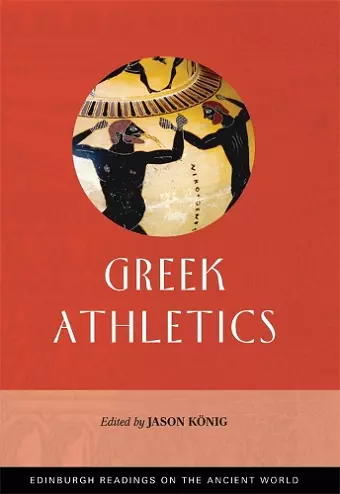Greek Athletics
Format:Hardback
Publisher:Edinburgh University Press
Published:20th Aug '10
Currently unavailable, our supplier has not provided us a restock date

Athletic training and athletic competition were key features of ancient Greek life for more than 1,000 years, from the foundation of the Olympic festival in the eighth century BC into the Roman period. Recent years have seen an enormous growth in scholarship on the subject, and in undergraduate teaching, but many seminal articles remain inaccessible, especially to English-speaking readers. This volume brings together for the first time a collection of important pieces and extracts on core themes, covering gymnasium education, festival competition and victory, the role of athlectic activity in conceptions of ancient identity, and the reception of the ancient athletic heritage in the modern world. Features:• Five of the twelve pieces are translated for the first time from French and German • contains an extensive introduction covering key issues for study and research• brief editorial discussions of each of the articles are included.
...provides a good introduction to how the study of ancient athletics intersects with subjects such as the influence of Greek culture on the Roman world and the importance of state-sponsored education in the life of Greek cities. -- Stephen Brunet, University of New Hampshire * Bryn Mawr Classical Review *
...provides a good introduction to how the study of ancient athletics intersects with subjects such as the influence of Greek culture on the Roman world and the importance of state-sponsored education in the life of Greek cities. -- Stephen Brunet, University of New Hampshire * Bryn Mawr Classical Review *
By Jason König's praiseworthy initiative, the great formula of anthology critical reading is applied to the theme of athletic competitions in the Greek and Roman worlds. This results in a dense and multifaceted volume, aimed not only at students and scholars, but also at a wider audience of educated readers, since the praiseworthy meticulous compilation by the curator makes a large part of the contents and of the more technical details accessible to non-specialists in the field of classical antiquity. * Ludica *
ISBN: 9780748634903
Dimensions: unknown
Weight: 752g
352 pages